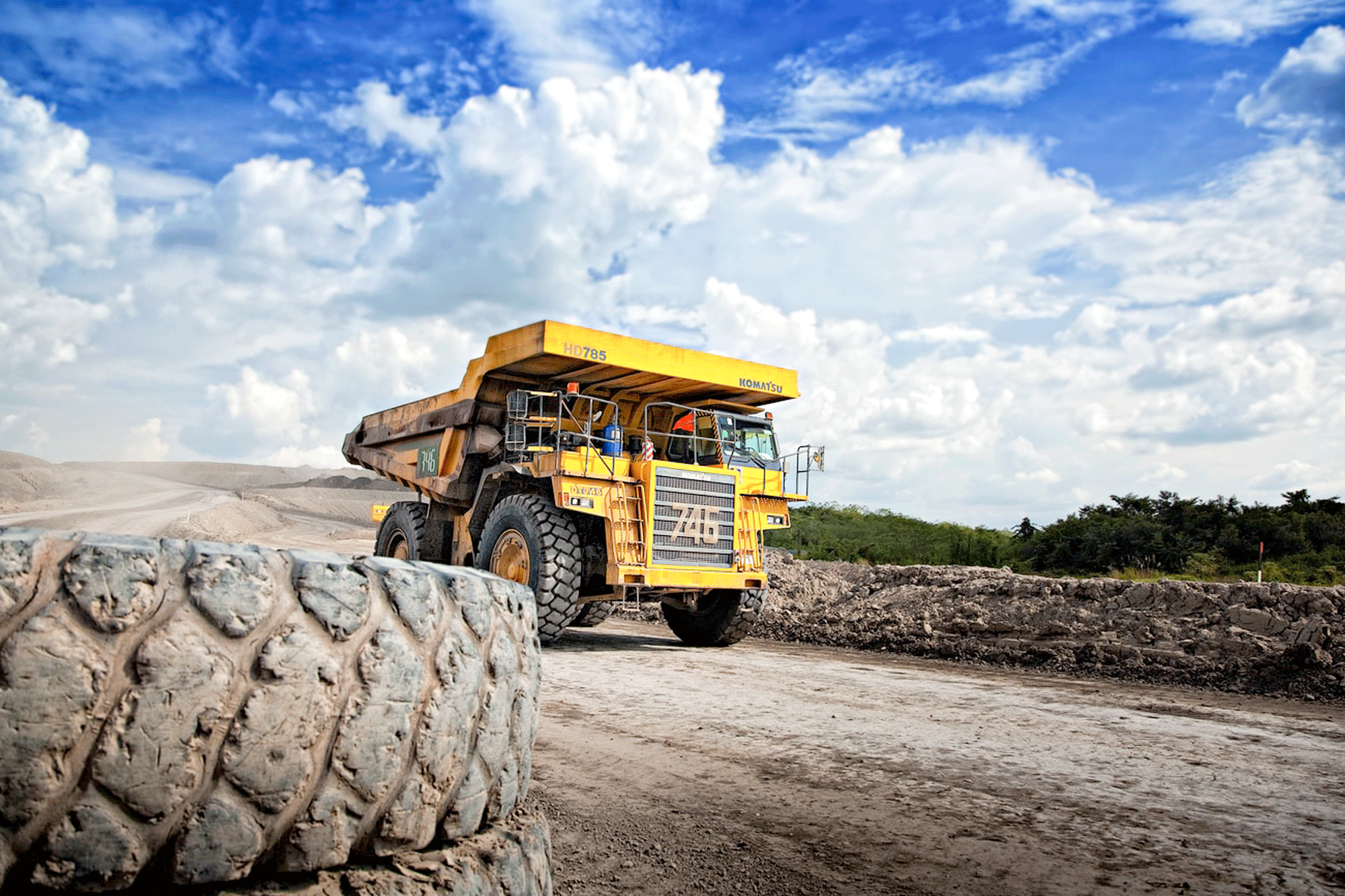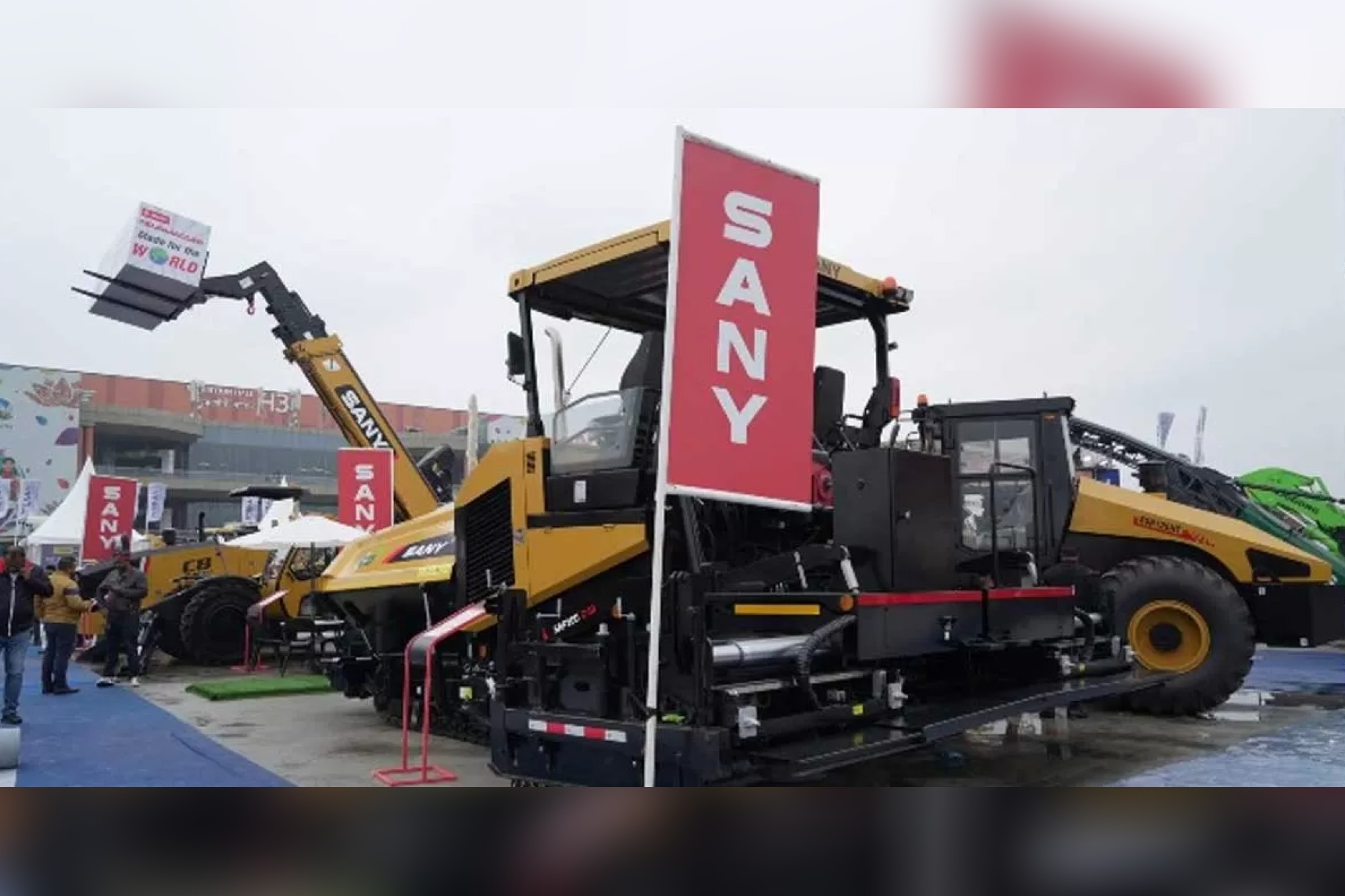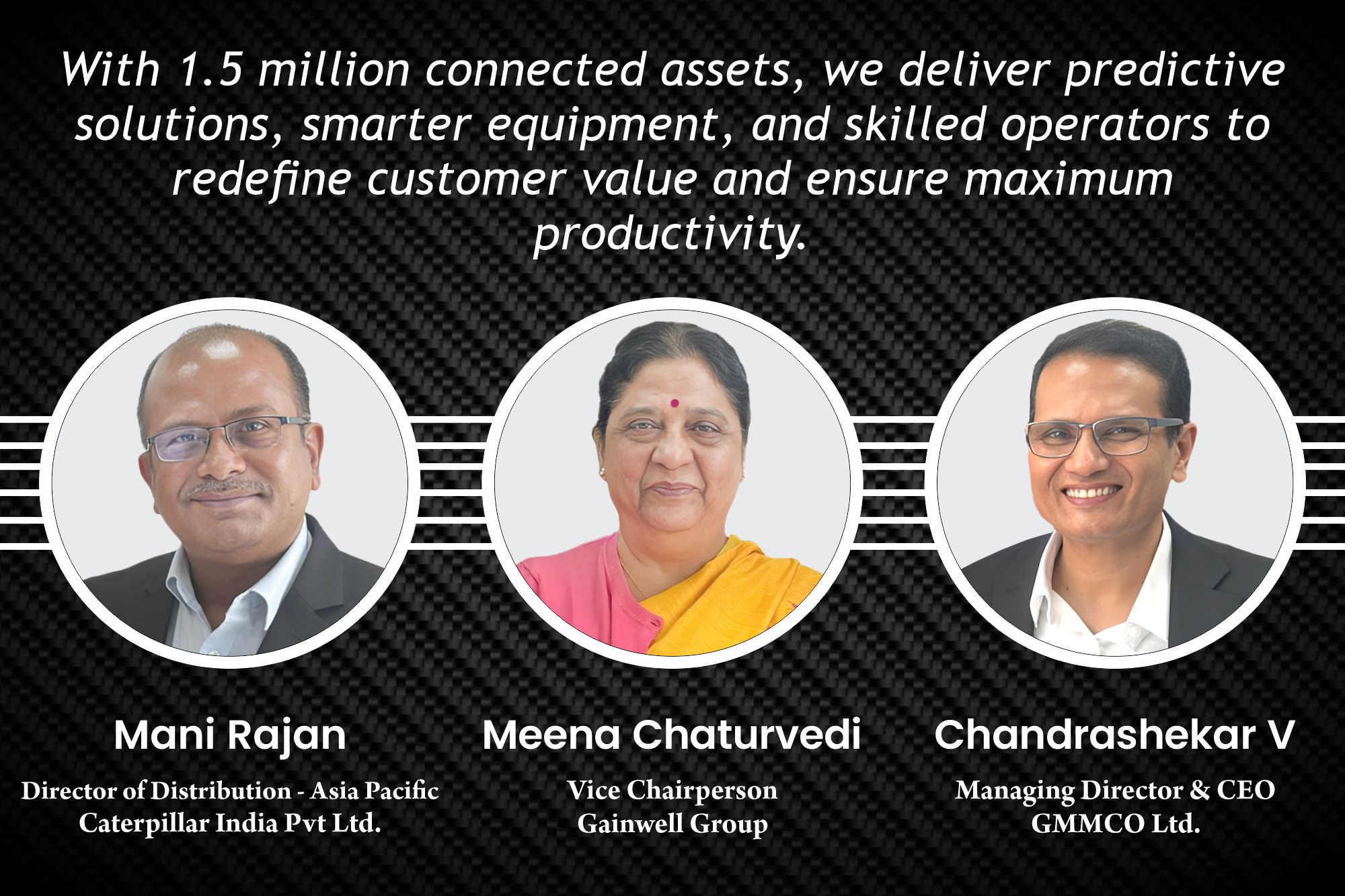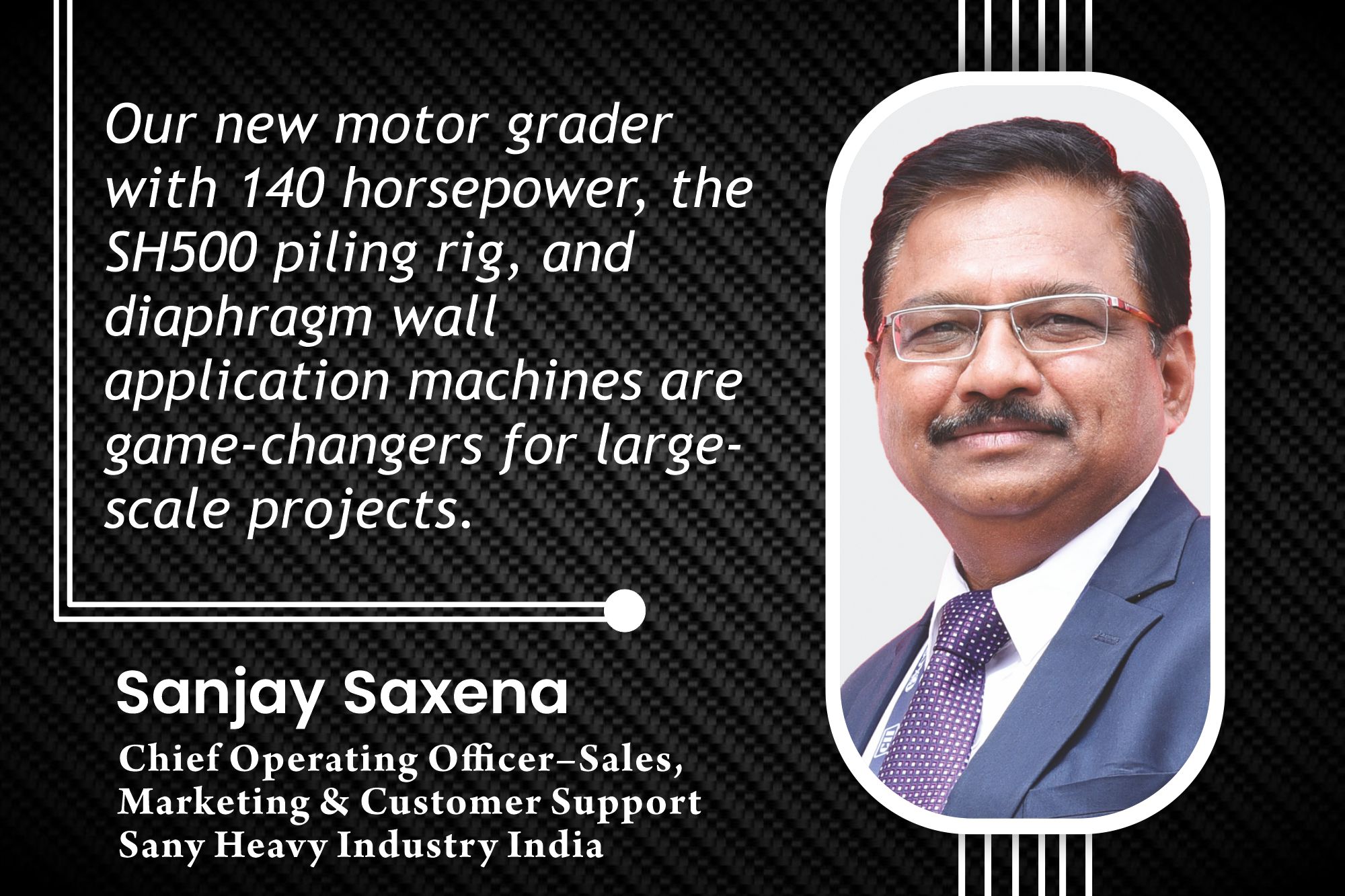Potential boost for mining
By Edit Team | November 28, 2019 11:04 am SHARE

The market for mine developers,operators and active mine managers has grown at a higher pace in the last two decades.
The geography of India holds reserve of about 100 minerals, including four fuel-related—like coal, lignite, uranium , thorium –10 metallic, 23 nonmetallic, and three atomic, but is still awaiting extensive exploration of its mineral . This makes India to stand amongst a few countries that are holding immense potential mineral resources.
With this, India has abundant investment opportunities in mining sector, for both domestic and foreign investors, but the key would be how the miners redefine sustainability with technology and bring in long-term changes in operations. Moreover, the legacy issues that has plagued the mining sector need to be resolved by going to the root of each issue.
Further, a large part of mining activity happening is for coal as it has a major role to feed largely three most important sectors—power, steel and cement—the sectors that have greater contribution in economic growth of the country.
The Ministry of Coal is looking at ways to attract foreign participation in the coal mining sector. One of the options being considered is carving out larger coal blocks to meet the requirements of foreign investors, according to Coal and Mines Minister Pralhad Joshi.“We have opened up the coal mining sector for Foreign Direct Investment under the automatic route. We are formulating various policies to attract foreign investors and private sector within the country,” Joshi said at the India Energy Forum recently. There are about 3,100 major mines in India, including 560 metal mines, and 600 coal mines.
Action on policy gage
Ensuring unhindered exploration for new mines needs constant effort on the government’s part. Under the new policy, mines are to be auctioned instead of being allocated. This brings transparency, but delays due to absence of clear timelines for conducting auctions results in non-availability of raw material to industry. The import of material that India is already blessed with is on the rise, hurting trade deficit and forex reserves. Relooking this approach is crucial to ensure both quality and quantity. Three minerals—coal, coking coal, and iron ore—are key to maintaining India’s economic growth. The government needs to ensure there is no delay in granting mining leases to ensure their steady supply.
According to media reports, the Coal Ministry has been evaluating a slew of measures of attract more investment in the coal mining sector, that includes commercial coal mining, allowing auction of mines with less than three bidders, and permitting the sale of 25 per cent coal committed production in the open market.
“The current size of coal blocks is very small today, and to attract global investors, we need bigger blocks. We are deliberating all such things, and within a fortnight or a month, we will come out with a policy for the same,” Joshi said pointing out that the FDI proposal has been approved and on track. Now within the Coal Ministry we need to make some changes to attract investors…A proposal for the same which is yet to be finalised, and needs the approval of the Cabinet and the Prime Minister,” Joshi said.
However, the recent round of coal mine auctions saw a poor response with just 6 of the 27 blocks on offer getting adequate interest to be bid out. One of the reasons for this disinterest could be expectations from commercial coal mining, the auctions for which are expected to begin from December 2019.
Feeding the energy appetite
According to, Minister for Petroleum and Natural Gas Dharmendra Pradhan, given its huge energy appetite, India will be the key driver of global energy demand in the coming decades. It will experience the fastest growth in energy consumption among all large economies. To meet this demand, India would need a healthy mix of all commercially viable energy sources.
“The share of renewables in electricity capacity has significantly gone up to 22 per cent from around 10 per cent in 2014-2015. Secondly, the ethanol-blending percentage has risen from 0.67 per cent in 2012-2013 to close to 6 per cent now. Finally, more than 95 per cent households now have access to LPG, making their kitchens smoke-free,” said Pradhan.
However, India will remain dependent on coal for a large chunk of power generation. PiyushGoyal, Minister of Railways and Commerce and Industry, said, “All over the world, coal was the primary driver of energy needs, particularly low-cost energy, during the development cycle of different nations. The United States, Europe, China, Russia, all have used coal extensively to meet their development abilities. They wouldn’t have reached where they are today, had they not used that much coal. Even today, our per capita consumption of coal is probably one-seventh or one-tenth of what it is today in the US.”
“This debate about coal needs to be restated. It doesn’t matter whether you produce energy from coal, gas or petroleum, one should only be concerned about the emissions. And if you are able to reduce emissions while producing electricity from coal, then coal is as good as anything,” RK Singh, Minister of State (Independent Charge) of Power and New and Renewable Energy, said. “We have laid down very stringent norms for emissions from power plants,” Singh added.
Market flexing strength
India is currently the fourth largest producer of coal in the world, with reserves estimated to be to the tune of 315.14 billion metric tonne (mt)—the fifth largest in the world. The country have huge thermal coal deposits, but imports are increasing in double digits. As the prime minister mentioned in his address at the Global Business Forum in New York, “In a poor country like India… we will have to change the ways of mining and we have to carry out underground mining so that it does not damage the environment.” He also mentioned coal gasification, which gives clean energy, as a solution for which the right technology is being considered.
KPMG in a paper on contractors in the coal mining market said that the market size of coal contract mining will grow to `60,000 crore by 2030. The current market size is `15,000 crore. The market for mine developer and operators and active mine managers has grown at a higher pace in the last two decades. Today, a major part of the composite production of coal and overburden is through outsourced means. However, the understanding of this business is very sketchy, both at the end of mine owners as well as interested new entrants, adding while there are 10-15 players in the sector but it has seen a lot of innovation.
In the public sector space excluding Coal India and Singareni Colleriese, MDO has been selected for more than 175 million tonne per annum of coal assets till now. This capacity is expected to significantly grow as another 10-15 MTPA is expected to be allocated to public sector units under the commercial mining process.
The flavour of the season, going forward, is commercial coal mining. However, there is limited attention to the contractors in the coal mining market who shoulder disproportionate volume of activities on the ground. This segment has grown by leaps and bounds over the last two decades. “Today, a major part of the composite production of coal and overburden is through outsourced means delivered by various coal mining contractors. However, the understanding of this business is very sketchy, both at the end of mine owners as well as interested new entrants,” said Niladri Bhattacharjee, partner – mining and metals at KPMG in India.
Future outlook
The KPMG report on Contractors in The Coal Mining Market mentioned that the current market size of overall coal, contract mining is around ` 15,000 crore and is expected to become more than ` 60,000 crore by 2030.
According to the report, the total number of large players in this segment, at present, is around 10-15. The sector has shown a lot of innovation and enterprise over the years and has offered a range of solutions to mine owners accommodating divergent business requirements. However, funding in the coal sector has been difficult to come by on account of the uncertainty around the future of coal as well as the difficulty in navigating the land, resettlement and rehabilitation and regulation in India.
Bhattacharjee said, “Under such a scenario, it is only natural that mine owners will tend to share the developmental market risk with mine operators. Therefore, it is imperative to understand the key levers through which this objective of risk-sharing can be most efficiently managed and the consequences of not doing it properly.” The parameters should in turn define the nature of financial and technical criteria to be set so as to effectively calibrate the degree of the risk-sharing and the confidence level associated with it.
With every success, the financial position and technical credentials of a bidder changes, often taking them to the brink of their financial capacity. Therefore, it is important for the mine owners to be cognizant of these changes while defining eligibility criterion. For instance, after coal block de-allocation, the turnover of various bidders collapsed faster than their net worth. By the same token, a player with multiple wins could end up with a precarious debt-equity ratio which will go unnoticed, if the qualifying criterion is only net worth. Thus, the importance of wisely defined eligibility criteria cannot be over-emphasised, the report mentioned. n
We have opened up the coal mining sector for Foreign Direct Investment under the automatic route. We are formulating various policies to attract foreign investors and private sector within the country.
Coal and Mines Minister,Pralhad Joshi
All over the world, coal was the primary driver of energy needs, particularly low-cost energy, during the development cycle of different nations.
Piyush Goyal, Minister of Railways and Commerce and Industry
“Today, a major part of the composite production of coal and overburden is through outsourced means delivered by various coal mining contractors. However, the understanding of this business is very sketchy, both at the end of mine owners as well as interested new entrants.”
Niladri Bhattacharjee, partner – mining and metals at KPMG in India
Cookie Consent
We use cookies to personalize your experience. By continuing to visit this website you agree to our Terms & Conditions, Privacy Policy and Cookie Policy.








































































